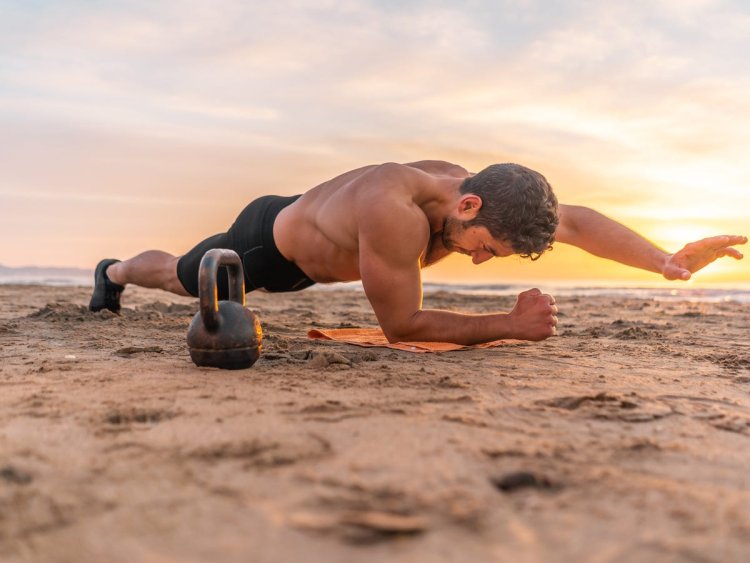Understanding and Improving Core Strength: Beyond the Six-Pack
When most people hear the words core strength, they immediately picture a chiseled six-pack. Sure, sculpted abs look impressive on Instagram, but a visible “washboard stomach” doesn’t necessarily equal a strong or functional core.

True core strength is less about appearances and more about what’s happening beneath the surface those deep stabilizing muscles that quietly hold us together, protect our joints, and make everyday movement feel effortless.
What Exactly Is the Core And Why Does It Matter?
Your core is not just your abs. It’s a complex team of muscles that wrap around your torso like a natural corset, stabilizing your spine and pelvis. This powerhouse group includes not just the abdominals, but also the back muscles, hip stabilizers, diaphragm, and even the pelvic floor.
Think of your core as the body’s command center. When it’s strong, it:
Protects your spine and unloads pressure on your joints.
Keeps you upright and balanced during daily activities like standing from a chair, vacuuming, or playing with your kids.
Improves athletic performance, making movements smoother and more efficient.
Reduces injury risk, from chronic overuse problems to acute strains.
Even supports bladder control, since the pelvic floor is part of this muscle network.
In other words: a strong core isn’t just for athletes. It’s for anyone who wants to move through life with less pain and more freedom.
The Problem With a Weak or Imbalanced Core

As we age, the spine and surrounding structures naturally experience wear and tear. But here’s the good news: strengthening your core can dramatically reduce pain, improve posture, and even slow down degenerative changes.
A weak or poorly coordinated core can set off a domino effect throughout the body:
Back pain often flares when stabilizing muscles don’t pull their weight.
Neck and shoulder tension can appear in runners who lack proper core “shock absorbers.”
Knee pain sometimes stems not from the knees themselves, but from unstable hips and pelvis.
Even scoliosis spinal curvature can sometimes be managed with smart postural exercises.
In short: when the core falters, the whole body pays the price.
Finding the Right Core Strengthening Program
Here’s the secret: effective core training isn’t about doing 100 crunches until your stomach burns. It’s about awareness, control, and precision.
The best core programs focus on teaching you how to activate the right muscles, not just going through the motions. Once you’ve “found your core,” you can engage it anytime: walking, driving, sitting at your desk, even carrying groceries.
Different approaches work for different people:

Yoga and Pilates help many people discover those deep stabilizing muscles.
Classes can provide structure, though it’s easy to go on autopilot if you’re not paying attention to form.
Physical therapists are goldmines of personalized guidance, especially if you’re starting with pain or injury.
Athletes may progress to more dynamic, complex core challenges under the eye of trainers or sports specialists.
Patience is key. It can take time to feel that first “aha moment” when you truly activate your core. But once you do, it becomes a lifelong tool for better movement.
The Bottom Line
Core strength is about far more than flat abs. It's about resilience, balance, and quality of life. Whether you’re an athlete chasing performance gains, a parent chasing toddlers, or simply someone who wants to age without chronic aches, a strong core is your foundation.
Start with awareness, build with consistency, and remember: the most powerful muscles in your body aren’t always the ones you can see in the mirror.
What's Your Reaction?




















